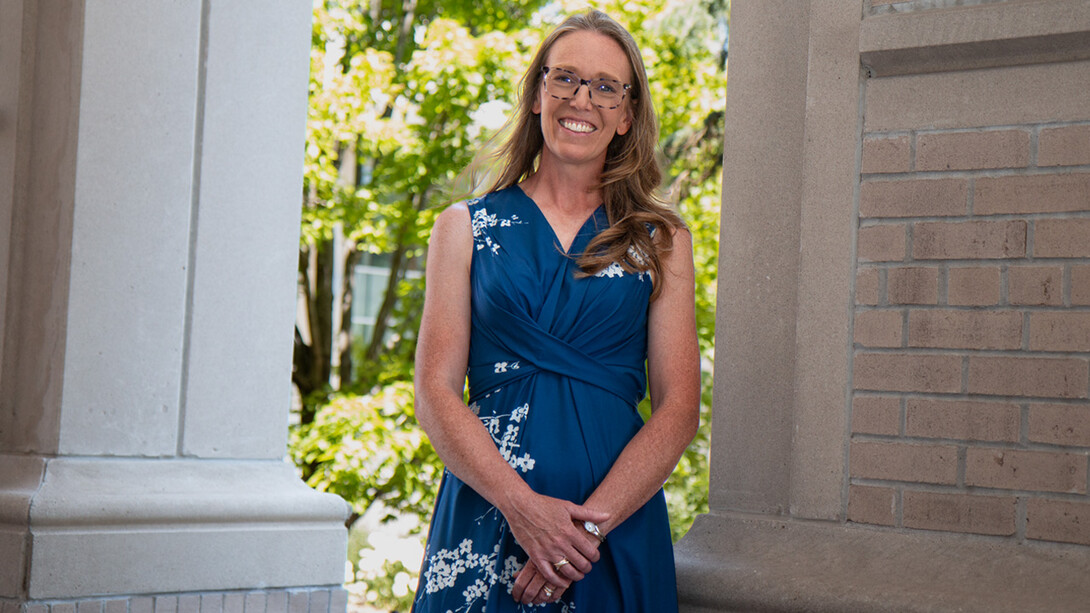
As the makeup of American communities changes in coming years to grapple with impending transfers of wealth and leadership, sustainability of rural communities is a priority.
Lindsay Hastings, Clifton Professor in Mentoring Research at the University of Nebraska–Lincoln, has recently worked with her team — Justine Bircher, Mary Emery and Jordan Rasmussen — on a project to build leadership development systems to sustain rural communities for the future.
The project, funded by a grant from the U.S. Department of Agriculture, explores community leadership development systems — particularly, how certain factors enable smaller rural communities to flourish.
Previous research on community leadership development has typically documented only individual change, rather than changes in a community’s overall leadership capacity.
Hastings and her team set out to identify rural communities with strong leadership profiles — and compare them with similar control communities — to analyze the evolution of leader networks and practices that recruit, mentor and retain leaders. They examined communities’ capacity for change, growth mindset, civic engagement and effective local leadership.
“We realized that instead of thinking about community leadership in terms of leaders, we should think about it more from a system perspective,” Hastings said. “We wanted to identify the systemic factors responsible for positive momentum shifts in community change over time.”
Communities with a history of success in community leadership were identified from an advisory council comprised of community leaders and development professionals in Nebraska. For every successful community identified, another comparable community was identified based on demographic and economic commonalities. Ten communities and 10 matches have been identified.
Examining indicators from Nebraska Rural Poll survey data over the past 20 years, Hastings’ team used societal growth curve modeling analyses to compare longitudinal trends between identified communities and their matched counterparts in capacity for change, community growth mindset, civic engagement and belief in local leadership.
Although Nebraska Rural Poll’s annual survey data extends back to 1996, it has limitations. For example, a small town may have only a couple people responding to the rural poll in a certain year.
“We needed to be able to analyze this data even when we have limited sample sizes in some years,” Hastings said. “As we got deeper into the statistics, we realized the complexity of the procedure was more than we could effectively handle.”
After one of her graduate students mentioned the statistical support offered by the Nebraska Academy for Methodology, Analytics and Psychometrics, Hastings reached out to apply for a grant from the MAP Academy’s Applied Analytics and Data Infrastructure Catalyst Program, made possible by a grant from the Nebraska Research Initiative. The awards enable faculty to collaborate with MAP Academy researchers, drawing upon their expertise in rigorous applied analytics and database support.
Natalie Koziol, MAP Academy research associate professor, worked with Hastings and her team to help them navigate through the complicated statistical procedure.
Hastings noted that Koziol’s attention to detail, patience and availability were invaluable.
“Natalie has been willing to journey with us,” she said. “She helped us understand how coding of data needed to look to ensure we were running the analyses consistently with the model we had designed.”
Hastings and her team aim to use findings to pilot a community leadership development program designed to support rural communities using a systemwide approach, including a “living lab” concept with a couple pilot communities.
“We’re excited to do cutting-edge research, but we needed support on the statistical side of things,” Hastings said. “We’re so thankful for the MAP Academy’s support; it has been invaluable."